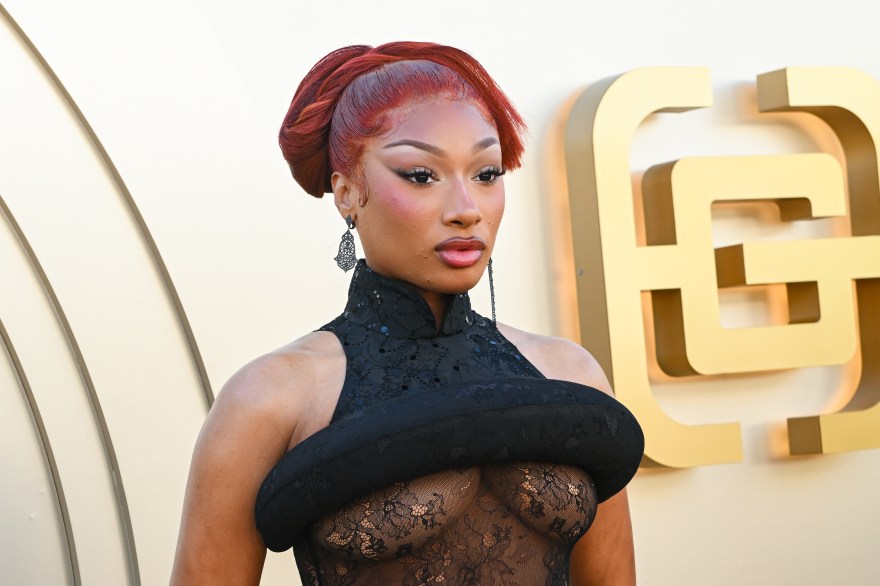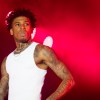Videos by According2HipHop
Rap finally cracked the top 40 again — and it took Megan Thee Stallion to do it.
After two straight weeks with zero rap songs in the upper half of the Billboard Hot 100 — a phenomenon that hasn’t occured since 1990 — Megan’s new single “Lover Girl” debuts at No. 38 on the chart dated November 8, ending hip-hop’s short but very loud drought. The track arrives with 8.5 million U.S. streams, 1.5 million in radio audience, and 5,000 downloads in its first tracking week, per Luminate.
Rap’s disappearance from the charts, short lived as it was, feels very telling about the state of the union. Hip-hop has owned the Hot 100 for most of the last 20 years, so seeing the genre evaporate from the top 40 — even for 14 days — sparked a mini-identity crisis online. Everyone from Joe Budden to The Alchemist weighed in, with theories ranging from “rap’s crossover era is over” to “streaming algorithms have turned the charts into Muzak.”
Part of the drop-off wasn’t just taste — it was timing. Kendrick Lamar and SZA’s “Luther” was the last rap entry hanging on, but once Billboard pushed it into recurrent status under updated chart rules, rap officially disappeared from the top 40 for the first time since before DJ Premier had facial hair.
Luckily, Megan decided to do what she does best and dominate the conversation. “Lover Girl” marks her 21st top-40 entry, following last year’s BTS-assisted “Neva Play” (No. 36) and the GloRilla collab “Wanna Be” (No. 40, after peaking at No. 11). She’s also been to No. 1 three times — “Savage (Remix)” with Beyoncé, “WAP” with Cardi B, and “Hiss” earlier this year — making her one of the few rappers keeping the genre in rotation at the very top.
Even with Megan Thee Stallion restoring balance to the natural order, the campaign for raps new era of chart dominance is less than inspiring. “Lover Girl” is projected to slide next week, and there aren’t any rap songs immediately behind it with real momentum. NBA YoungBoy and BigXthaPlug are dropping, Gunna’s “wgft” and Cardi B’s “Safe” are inching upward, but nothing looks like a lock.
So is this a blip? A turning point? Or just proof that rap is shifting out of the traditional “Hot 100 success = cultural health” formula entirely?























